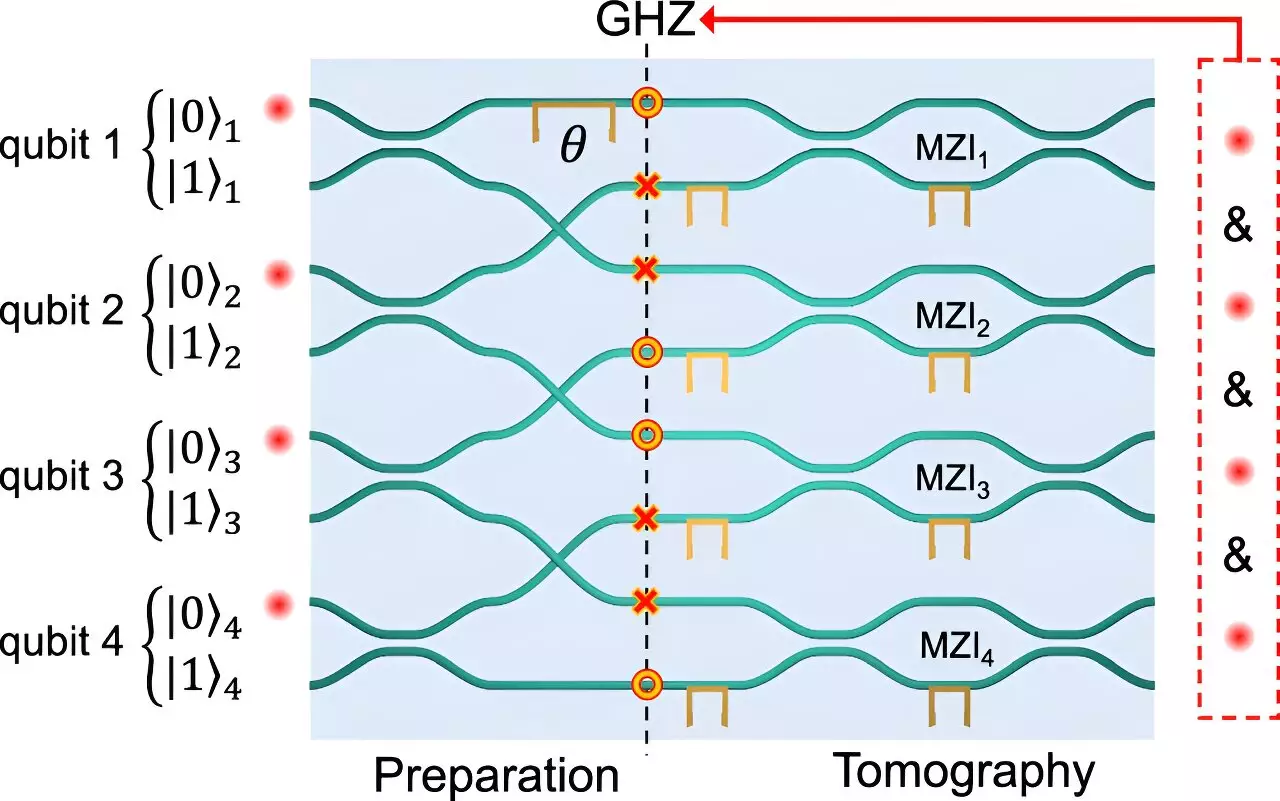The digital age we inhabit has ushered in an unparalleled demand for secure communication. The rapid development of classical encryption methods has been a significant step toward safeguarding sensitive information. However, a new contender is emerging on the horizon of cybersecurity: quantum encryption. This transformative technology distinguishes itself from classical methods by leveraging the principles of quantum mechanics rather than mathematical algorithms. By examining this innovative approach, we gain insights into its potential and implications for the future of secure data transmission.
Quantum encryption relies fundamentally on the unique properties of quantum states. In classical encryption, the strength lies in complex mathematical formulas that can be broken if sufficient computational power is applied. Yet, with the advent of quantum computers capable of operating at astonishing speeds, the landscape of encryption is shifting dramatically. This means that what once took classical supercomputers millennia to crack could be done in mere seconds by robust quantum machines. As emphasized by researcher Paulo Henrique Dias Ferreira from Brazil, there is an urgent need for quantum security protocols that are resilient to this seismic shift in computational capability.
Unlike classical methods, where the security is based on the difficulty of solving mathematical problems, quantum encryption ensures that any unauthorized attempt to access the information alters the quantum states involved. This characteristic serves as an inherent detection mechanism for potential breaches, thus providing an extra layer of security that classical systems simply cannot match.
Research conducted by Ferreira and his colleagues at the Polytechnic University of Milan has advanced the understanding and manipulation of entangled photon states, specifically the Greenberg-Horne-Zeilinger (GHZ) states, which are critical in quantum encryption protocols. GHZ states involve a scenario where three or more particles become correlated in such a way that the measurement of one particle immediately informs about the states of the others, regardless of the distance separating them. This property is what allows for the detection of any interference or espionage attempts.
In their study, the scientists employed a novel technique to create these entangled states using glass photonic circuits, presenting a significant breakthrough that integrates quantum dot technology with photonic chip design. Utilizing femtosecond laser machining, they fabricated intricate three-dimensional waveguides on a glass chip, facilitating meticulous control over photon behavior. This innovative approach not only enhances the performance of quantum devices but also makes them more practical for everyday use.
To illustrate how this advanced technology functions, Ferreira likens it to the analog of flipping coins. As he describes, while each coin (or photon) can independently show heads or tails initially, when entangled in a GHZ state, they collectively reveal a uniform outcome—either all heads or all tails—thereby eliminating any possibility of a mixed state. If an unauthorized entity attempts to inspect one of these photons, the act of measurement causes a collapse of the quantum state, altering the interconnectedness of the particles. This disruption is detectable by legitimate users, who can then ascertain that a breach has occurred.
The concept of quantum secret sharing emerges from this. In such a system, a central authority can securely distribute cryptographic keys among several parties. Should an intruder attempt to gain access, the instant alteration of quantum correlations serves as a warning, protecting the integrity of sensitive exchanges.
Ferreira advocates that the practical applications of GHZ states in commercial transactions could radically enhance the security of communication infrastructures globally. As businesses and governments become increasingly reliant on digital platforms, ensuring that data transmission remains secure from interception and tampering is paramount. Quantum encryption, with its unique defense mechanism against intrusion, offers a formidable solution.
The findings from Ferreira’s research pave the way for the large-scale adoption and implementation of quantum devices in communication networks. With ongoing advancements in this field, we can foresee a transition toward a new paradigm of data security, one characterized by resilience against even the most sophisticated quantum threats. As the boundaries of technology continue to expand, the integration of quantum encryption into our everyday lives will soon become an expectation rather than an exception.
The advent of quantum encryption represents a crucial development in safeguarding sensitive information in our ever-evolving digital landscape. By harnessing the principles of quantum mechanics, we are not only revolutionizing the security protocols but also laying the groundwork for a future where communication can be conducted with unprecedented safety. Quantum systems promise a secure channel that stands resilient against potential breaches, marking a significant leap toward a secure interconnected world.


Leave a Reply